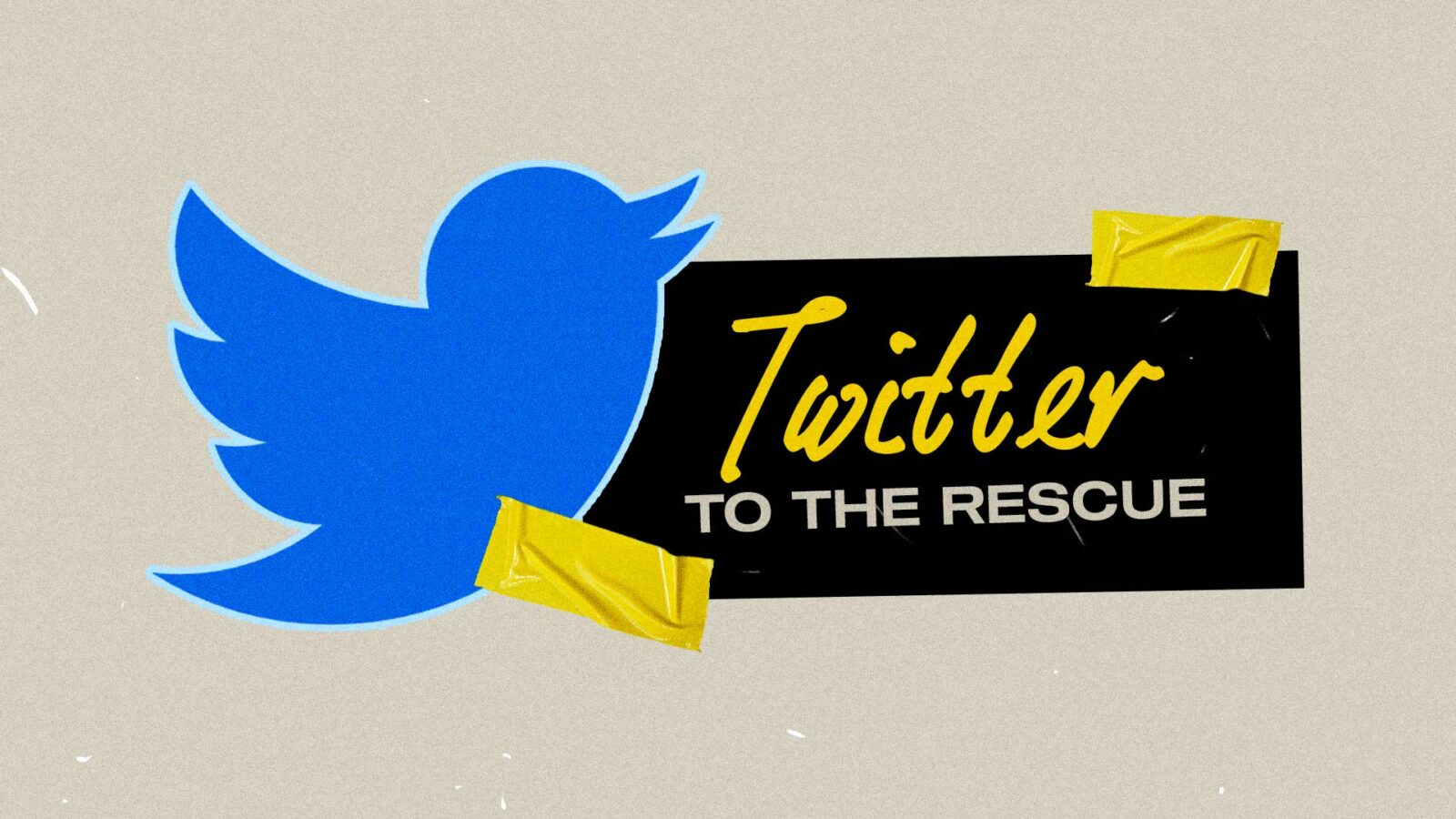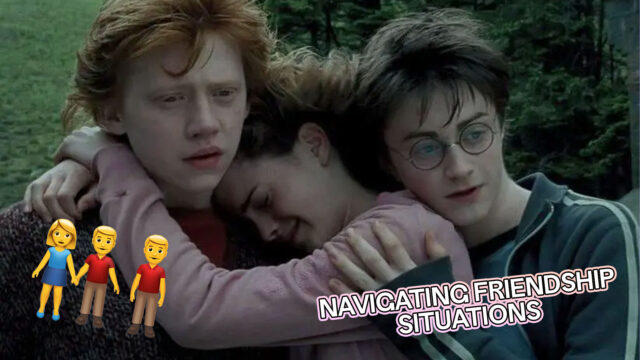In a devastating series of events and circumstantial news blackout, Twitter comes to the rescue of those in need in the distressing devastation of recent typhoons.
RELATED: Lessons Learned From Typhoon Ulysses
“We are also part of the Philippines. We exist,” and so went the general cries of help in alarming aftermath of the wrath of Typhoon Ulysses. Just when most of the country was presumably getting ready to turn in for the night, after being confronted by the vicious wrath and violent whiplash of the tropical cyclones Quinta, Rolly, and Tonyo over the course of just a few days back-to-back, the population of social media, particularly on Facebook and Twitter, erupted with persistent pleas for rescue in Cagayan Valley, Isabela, and Tuguegarao city as the unforeseen and severely underestimated typhoon’s path of destruction resulted in one of the worst flooding the region has seen in recent years. “The water is still rising,” the deluge of Twitter updates reported from the ground, with some even taking videos and going on live to show the public the reality of the situation, where almost everything was submerged in muddy and murky water.
A FRIENDLY REMINDER TO EVERYONE OUT THERE!! A SIMPLE RT OR SHARE COULD ALREADY HELP SOMEONE OR EVEN SAVE A LIFE SO CONTINUE TO USE YOUR PLATFORMS AND DON’T FORGET TO DONATE AND PRAY!!!
— lek (@bituinsalangit_) November 14, 2020
pctto: madebybiancs ig post #CagayanNeedsHelp #PampangaNeedsHelp #PhilippinesNeedsHelp pic.twitter.com/b2oqOqRl1n
Idgaf if i get shadow banned. My country is struggling. Please spread the word #PhilippinesNeedsHelp #CagayanNeedsHelp pic.twitter.com/qrHCi8nJLI
— yang (@Andrea6200Wow) November 14, 2020
Up until this point, the focus was mainly on other severely affected areas as well, including but not limited to Rizal, Metro Manila, Marikina, Camarines Norte, Central Luzon, Calabarzon, and Bicol. “Cagayan needs your help,” the messages eventually read, which quickly and organically grew into a trending topic on Twitter, with by-the-second information coming in the form of rough estimates, gritty images, and heartbreaking videos lamenting the eventual truth that people were either missing or worse, dead.
While there were considerable and valiant efforts for rescue response on the ground, Cagayan was still for the most part left in the dark. Navigating the flood made even more challenging by rains, compromised vision, and dangles of live wires, Twitter was quick to amplify the calls for help, escalating the obvious state of calamity to a national concern. While we thought the worst was over with the passing of Rolly, which was warned to be wreak havoc and devastation worse than the onslaught of the paradigm shift of a typhoon that was Ondoy in 2009, it was a harrowing situation of life and death in the areas of concern with nothing but spotty signal, smartphones, and social media to keep an even worse outcome at bay.
With ears pressed to the ground of social media, several media outlets, who were at this point not the main source of necessary news because COVID-19 restrictions implemented by the LGU prevented them from covering the path of the natural disaster days prior. Add to the fact what was once a reliable hub of information in the form of the ABS-CBN Regional station had been shut down as an effect of what is to this day a highly questionable, presumable act of vendetta that is the denying of the network’s right to franchise. So, the soldiers of social media were up and at it, firing away in retweets, threads of information, and status updates on Twitter, which ultimately took the place of aerial shots and rained on reporters. Even Vice President Leni Robredo operated on her efforts for rescue and relief operations through Twitter, eventually coordinating all the information directed her way to the appropriate responders and agencies. Whatever was needed at the moment as made known to her, she was on it, which included outsourced calls for reliable transport and intel.
In the absence of immediate consolidated efforts from the national government at the harrowing hours of calamity, it was the silly bird app that people hop on to for memes, bite-sized news, and petty who-are-we-fighting-today brawls that shocked the nation from its disaster fatigue and woke the Filipino spirit of community into action. This wouldn’t be the first time that the pocket of the internet that is for the most part straightforward and replete of a lot of the shiny bells and whistles the rest are constantly updating us with (this was pre-Fleets, FYI), would rouse its audience to a movement. During the many misguided, misinformed, and misdirected maligning of the apparent public officials, as well as perspective-shifting events such as the US elections, it is in Twitter that we are made aware and an opinion is sculpted to a precise point-of-view. Admittedly not a top-tier, commercially-laden social media app, let’s admit it, when it comes down to it, Twitter saves the day.
tw // death, screaming
— 🙂 kei (@leoflvr) November 13, 2020
please please do not stop reposting and sharing info!! this is the only thing we can do to help right now #CagayanNeedsHelp #RescuePH#IsabelaNeedsHelp #TugegaraoNeedsHelppic.twitter.com/wkmWmxRTHb
When the rest of the country finally caught on to the tragedy unfolding in the region, which has now been filed as #CagayanNeedsHelp, the mobilized efforts didn’t stop, because the concern from rescuing quickly graduated to relief operations, where everyone, from big name celebrities to actual influencers living up to the dictionary-defined word, and even normal Twitter-folk would link their virtual networks in an effort that amassed to an inspiring movement of bayanihan, in the truest sense of the word. With creative asks for donation in droves and drives and the overarching calls to action for the unsettling climate change crisis, it is through Twitter again that the word got around fast, edging itself to the forefront of conversations—and rightfully so, too.
? WHATS HAPPENING IN THE PHILIPPINES ?
— pran⁷ #BE (@beemyhope_) November 13, 2020
cagayan, isabela and tuguegarao need help asap!!!! they’ve been screaming for help. their lives are at risk. please if you see this tweet, make sure to spread and contact rescuers. #CagayanNeedsHelp #IsabelaNeedsHelp #RescuePH pic.twitter.com/m0nxJ9N9nC
While we are still in the process of rebuilding the lives of those affected as obliterated to almost nothingness, far from ever reaching that now elusive normal, the threads that connect the world of Twitter is still at it, spreading news and information, riling up the act of generosity, and well, entertaining in mindless scrolls amid all the gloom and doom that proliferate our timelines. So, next time you dismiss Twitter as just that silly bird app that doesn’t take things seriously in the plane of flashy social media, remember that when it mattered, it cut through the noise of echo chambers and national responsibility; raising the nation at a time it needed the most.
Now that’s the tweet.





